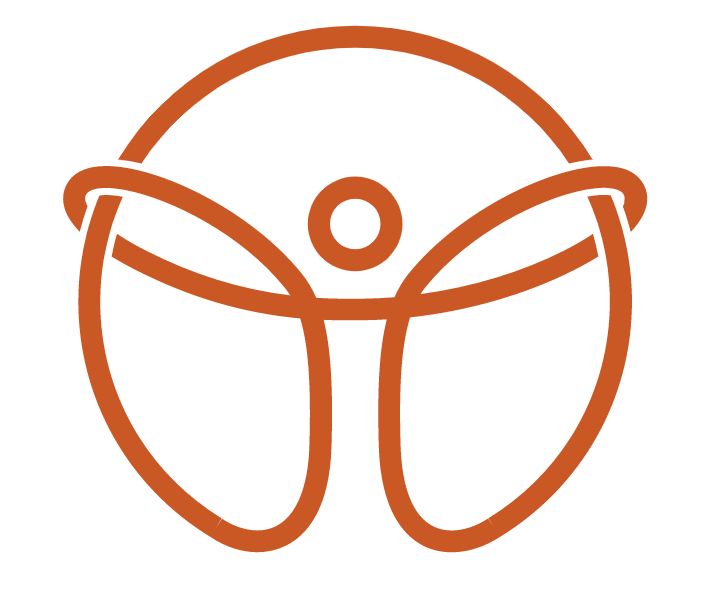Tight Pecs: Symptoms and Chiropractic Solutions
Tight pectoral muscles, particularly the pectoralis major and minor, can lead to more than discomfort in your chest. They can disrupt your posture, limit upper body mobility, and contribute to a range of musculoskeletal complaints. Let’s dive into the symptoms of tight pecs, their causes, and how chiropractic care can provide comprehensive treatment.
Symptoms of Tight Pectoral Muscles
Tight pecs can manifest in several ways, including:
Rounded shoulders: A forward-slouched posture due to shortened chest muscles pulling the shoulders inward.
Restricted shoulder mobility: Difficulty lifting the arms overhead or out to the side.
Neck and upper back pain: Compensation by nearby muscles often leads to tension and discomfort.
Numbness or tingling: Compression of the brachial plexus, especially by the pectoralis minor, can mimic thoracic outlet syndrome (TOS).
Difficulty breathing deeply: A tight chest can restrict rib cage expansion, impacting proper breathing mechanics.
Chiropractic Treatment Options
Addressing tight pecs requires a multi-faceted approach. Chiropractors use manual therapies, soft tissue techniques, and rehabilitation exercises to treat the problem at its root and restore function.
1. Active Release Technique (ART®)
ART is a hands-on treatment that targets scar tissue and adhesions in the soft tissues.
How it helps: By combining pressure with specific movements, ART can release muscle tension and improve range of motion.
What to expect: Your chiropractor may guide your arm or shoulder through a range of motion while applying targeted pressure to the pecs.
2. Scraping (Instrument-Assisted Soft Tissue Mobilization)
Scraping uses specialized tools to mobilize tight fascia and improve circulation.
How it helps: Breaks up adhesions and promotes blood flow to the area, reducing stiffness and enhancing recovery.
What to expect: Your chiropractor will apply firm strokes along the pectoral muscles, which might cause mild redness but delivers significant relief.
3. Dry Needling
This technique uses thin needles to release trigger points and reduce muscle tension.
How it helps: Stimulates a healing response by targeting tight knots or hyperirritable areas in the pecs.
What to expect: The sensation ranges from a dull ache to a twitch response, which indicates the muscle has released tension.
4. Chiropractic Adjustments
Adjustments restore proper alignment to the thoracic spine and shoulders.
How it helps: Reduces compensatory strain caused by tight pecs and improves overall posture.
What to expect: Your chiropractor may perform adjustments on your thoracic spine or clavicle to improve biomechanics.
5. Stretching and Strengthening Rehabilitation
Chiropractic care often includes corrective exercises to prevent recurrence.
Key stretches:
Doorway stretch: Open up the chest and lengthen the pecs.
Wall angels: Improve shoulder mobility and strengthen the scapular stabilizers.
Strengthening exercises:
Face pulls: Strengthen the upper back to counteract tight pecs.
Scapular retraction drills: Encourage proper shoulder alignment.
A well-rounded rehab program addresses muscular imbalances, helping you maintain the improvements achieved during treatment.
When to Seek Chiropractic Care
If you’re experiencing persistent symptoms such as restricted movement, pain, or postural issues, a chiropractor can evaluate your condition and design a tailored treatment plan.
Tight pectoral muscles don’t have to keep you from feeling or performing your best. Chiropractic care provides effective, hands-on solutions to alleviate symptoms, restore function, and prevent future issues. Reach out to your local sports chiropractor to start your journey toward relief today!
Want to learn more? Visit MVMT STL Health and Wellness for personalized care and resources to support your active lifestyle.

